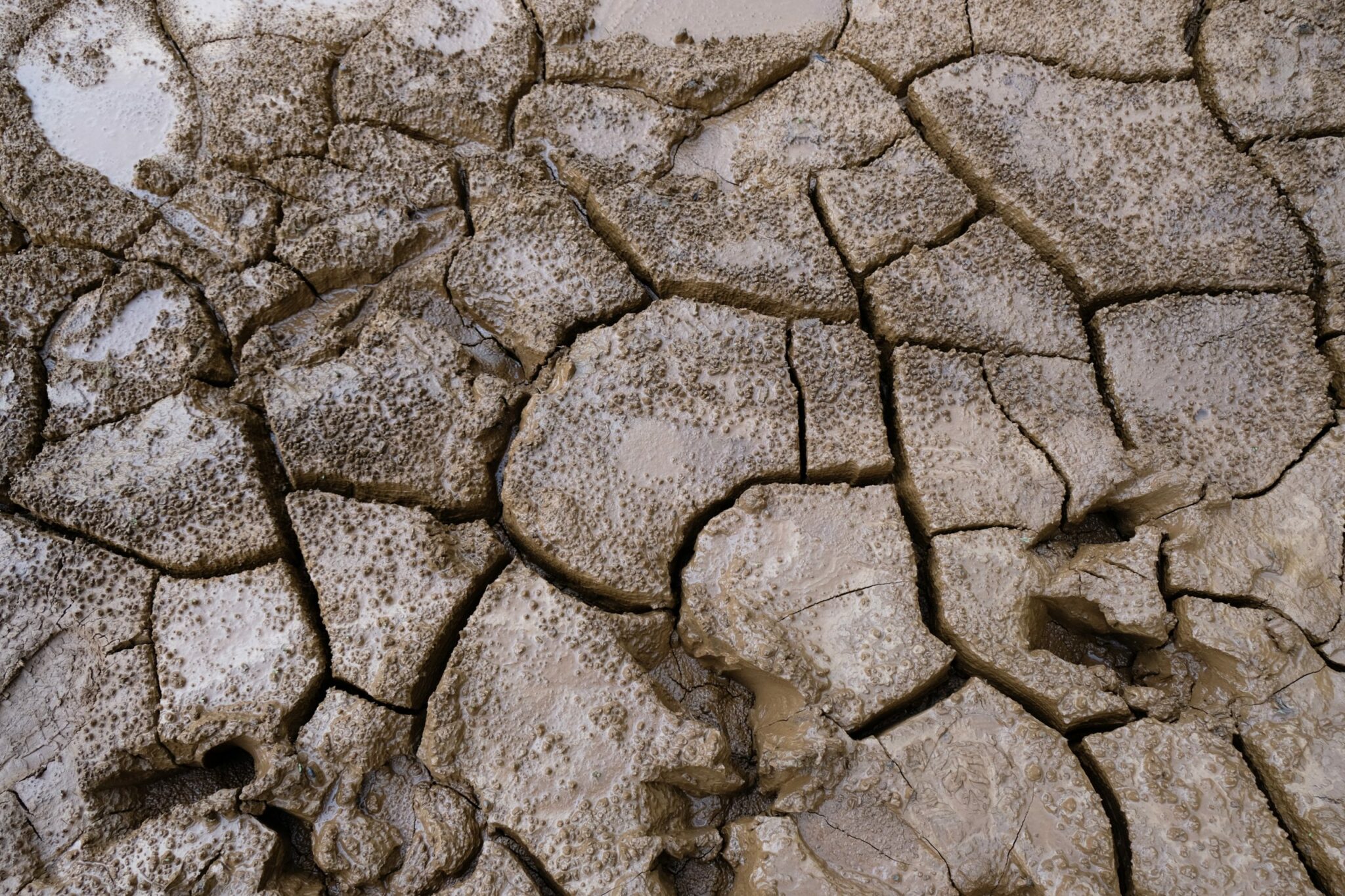By Thabani Zwelibanzi
The onset of the rainy season, October to December, saw some areas in the southern African region, including Zimbabwe, receiving their lowest rainfall in almost 40 years, the latest information from the Southern African Development Community’s (SADC) Food Security Early Warning System has revealed.
In the alert, SADC says October to December 2019 rainfall was the lowest in central parts of the region since 1981.
“While there was significant rainfall in early January, the October to December period was extremely dry across many areas,” the alert says.
“Historical analysis indicates that in most parts of the region, the October to December 2019 period was one of the 10 driest seasons since 1981.
“This period was one of the three driest seasons in south-eastern Angola, northern Botswana, north-eastern DRC, parts of southern Madagascar and Mozambique, northeastern Namibia, parts of South Africa, western half of Zambia and western and northern Zimbabwe.”
The regional body said the extended period of dryness in December and January resulted in the permanent wilting of crops in Zimbabwe and southern Mozambique.
Most of Zimbabwe, southern Mozambique and northern South Africa received no rainfall for almost four weeks between December and January resulting in poor germination and permanent wilting of crops, SADC said.
“For some crop growing areas already severely affected by the early season dryness, including Zimbabwe and southern Mozambique, there are low chances of an agricultural recovery, from an agrometeorological perspective, given the relatively short time till the normal end of the rainy season,” the regional body said ominously.
SADC forecast that the dry trends in central parts of the region were likely to persist through the second half of the rainy season.
The regional body warned that the continuation of low rainfall grazing areas and water availability for livestock.
Zimbabwe is in the throes of one of its worst droughts in generations, with almost 8 million people in desperate need for food aid.
It is estimated that 5,5 million people in rural areas and another 2,2 million in urban centres face food insecurity.
Late last month, the World Food Programme said there was little evidence to suggest that the government was importing enough maize to feed the food the country’s food insecure.
Last year, Hilal Elver, the United Nations special rapporteur on the right to food, warned that Zimbabwe was on the verge of manmade starvation, which was likely to escalate civil tensions in the country.

